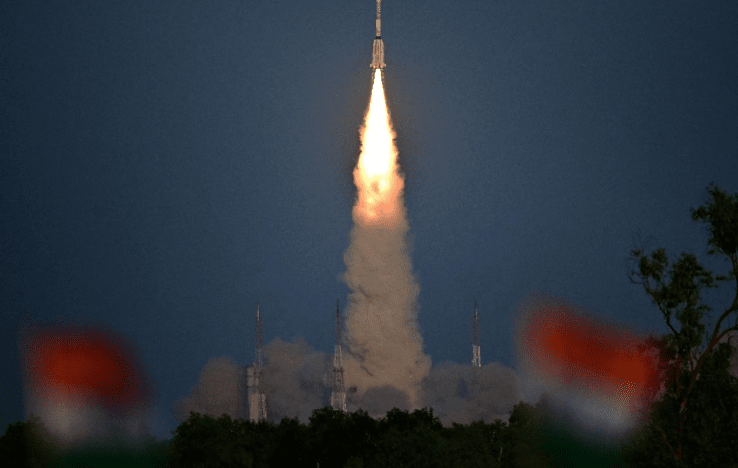On February 17, the Geosynchronous Launch Vehicle F14 (GSLV-F14) successfully positioned the Indian Space Research Organizations’ meteorological satellite, INSAT-3DS, into its assigned orbit. Given the GSLV rocket’s role in the mission, it was a critical time for the rocket, which is nicknamed the ‘naughty boy’ due to its historical track record.
Why is the GSLV rocket known as ‘naughty boy’?
The INSAT-3DS meteorological satellite was launched into space as the GSLV rocket’s 16th mission. The GSLV got the nickname “naughty boy” after at least four failed launches in its prior 15 flights, according to The Indian Express. In comparison, the Polar Satellite Launch Vehicle (PSLV), ISRO’s dependable workhorse, had only three failures out of 60 flights, while its replacement, the LVM-3, has had none of seven launches fail.
In August 2021, the GSLV-F10 rocket was designated the task of carrying an earth observation satellite EOS-03 into space. About five minutes after the launch, the rocket deviated from its scheduled trajectory. The first and second stages of the GSLV functioned normally and detached. However, the upper stage, which is propelled by a cryogenic engine using liquid hydrogen and liquid oxygen at extremely low temperatures, failed to ignite. Consequently, the rocket lost its momentum to continue, and it is probable that both the rocket and the satellite ended up falling into the Andaman Sea.
Owing to a similar issue, the GSLV-D3 failed in April 2020. This marked the inaugural flight of the GSLV featuring an indigenous cryogenic engine, closely modeled on the Russian design, much akin to the one utilised in August 2021. However, the cryogenic stage failed to ignite during this flight as well.
After an eight-month interval, the subsequent GSLV mission, now propelled by a Russian cryogenic engine, ended in failure. This marked the conclusion of the seven engines supplied by Russia as part of a deal in the 1990s. A failure analysis revealed malfunctioning electronics within the cryogenic engine.
Stay Update with FELA News!

